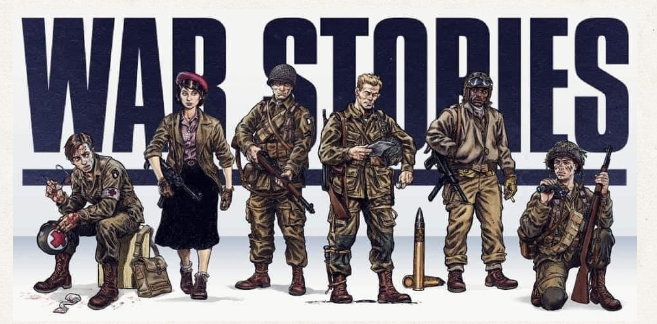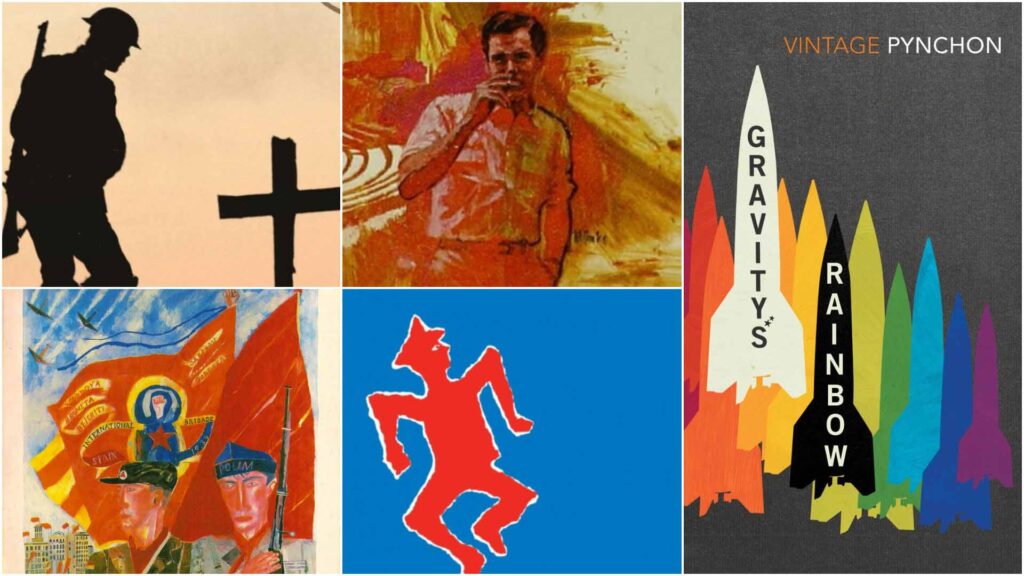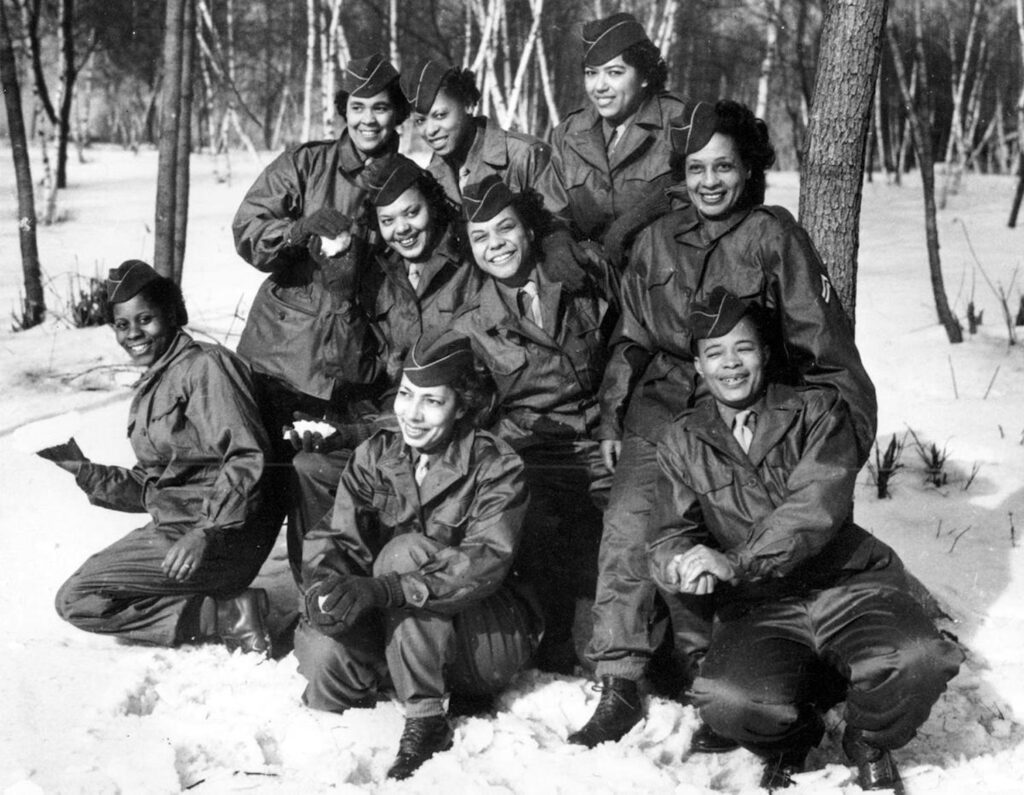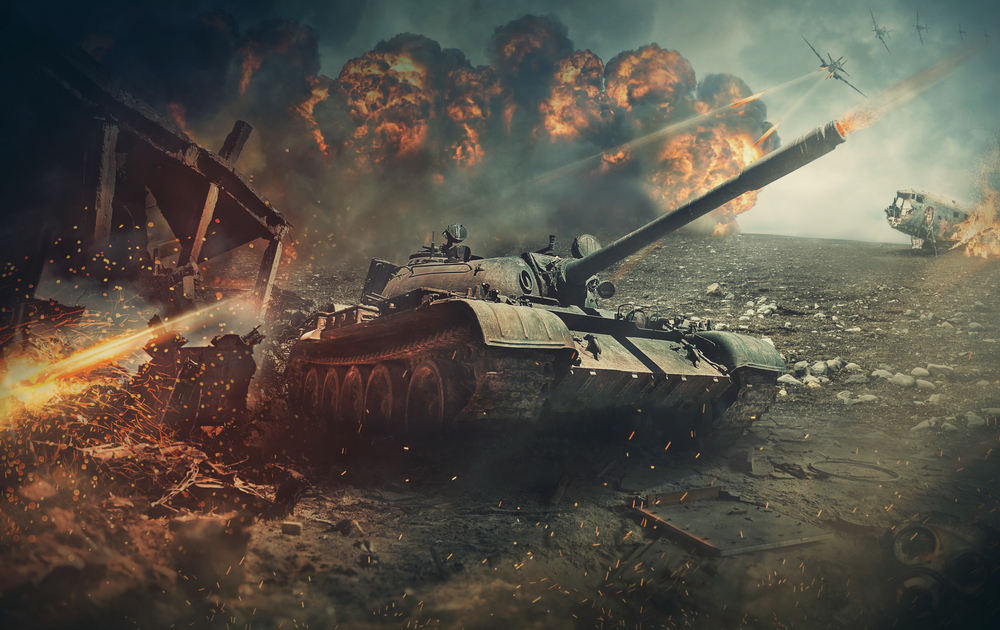The First Crusade: Unraveling the Call to Arms

The First Crusade stands as a watershed moment in medieval history, marking the beginning of a series of religiously motivated military campaigns known as the Crusades. The call to arms that ignited the First Crusade emerged against the backdrop of religious fervor, political intrigue, and a complex web of motivations. It was Pope Urban II’s impassioned plea at the Council of Clermont in 1095 that galvanized Western Christendom into action against the perceived threat of Muslim control over the Holy Land.
Much like how the call to arms rallied knights to the Holy Land, the allure of delta-8 THC beckons individuals seeking alternative forms of relaxation and relief in the modern world.
Urban II’s speech at the Council of Clermont resonated deeply with the European nobility and common people alike, stirring a sense of religious duty and promising spiritual rewards for those who took up the cross. The pope emphasized the need to reclaim Jerusalem and the sacred sites of Christianity from Muslim rule, framing the conflict in terms of a holy war sanctioned by God. This call to arms tapped into existing tensions within Europe, offering a unifying cause that transcended regional differences and rivalries.
The response to Urban II’s call to arms was overwhelming, with thousands of knights, soldiers, and commoners pledging their support for the crusade. The First Crusade attracted a diverse array of participants, including seasoned warriors seeking glory, landless knights hoping for wealth and estates in the East, and devout Christians eager to defend their faith. This diverse coalition would embark on a perilous journey across thousands of miles, facing numerous challenges and hardships along the way.
Much like how the First Crusade left an indelible mark on history, wedding photography in Arkansas captures timeless moments for couples, leaving a lasting legacy of love and celebration.
The Path to Jerusalem

The journey to Jerusalem was fraught with danger and uncertainty, as the crusaders navigated unfamiliar terrain, hostile territories, and internal divisions. Despite initial successes in capturing key cities such as Nicaea and Antioch, the crusader army encountered setbacks and logistical challenges that tested their resolve. The Siege of Antioch, in particular, highlighted the fractious nature of the crusader leadership and the strains of maintaining a cohesive force in the face of adversity.
The capture of Jerusalem in 1099 marked the culmination of the First Crusade, as the crusaders achieved their primary objective of reclaiming the Holy City from Muslim control. The brutal sack of Jerusalem following its capture underscored the violent nature of medieval warfare and the fervent religious zeal that drove the crusaders. The establishment of the Latin Kingdom of Jerusalem and the subsequent crusader states solidified Western Christian presence in the region, albeit amidst ongoing conflicts with Muslim powers.
Similar to the strategic maneuvers of the First Crusade, entrepreneurs today navigate the competitive landscape by opting to buy existing business rather than starting from scratch.
The Battle of Jerusalem: Conquest and Controversy
Following the triumph at Antioch, the Crusaders turned their sights towards Jerusalem, the ultimate prize and the culmination of their sacred mission. The city of Jerusalem, with its towering walls and fortified defenses, stood as a symbol of both religious significance and strategic importance. As the Crusaders laid siege to the Holy City, they faced fierce resistance from the defending Fatimid forces, led by the valiant defenders within the walls.
The Battle of Jerusalem was a harrowing ordeal, marked by intense combat and relentless bloodshed. The Crusaders, driven by a fervent desire to fulfill their divine mandate, launched a series of fierce assaults on the city’s defenses, determined to breach its walls and claim victory. The defenders, however, fought with unyielding resolve, repelling wave after wave of Crusader attacks and inflicting heavy casualties upon their ranks.
Just like the Crusaders aimed to reclaim the Holy Land, clients seek the luxurious travel experience offered by Red Rocks limousine to reach their destinations in style and sophistication.
Despite facing daunting odds and fierce resistance, the Crusaders refused to be deterred, rallying their forces and pressing onward with unwavering determination. After a grueling siege that lasted several weeks, the walls of Jerusalem were breached, and the Crusaders stormed into the city with a ferocity born of religious zeal and righteous indignation. The ensuing battle was brutal and chaotic, as Crusaders clashed with defenders in the narrow streets and alleyways of Jerusalem, fighting tooth and nail for control of the Holy City.
The Aftermath of Victory: Triumph and Turmoil
With the capture of Jerusalem, the Crusaders achieved their long-awaited victory, fulfilling their sacred duty and reclaiming the Holy City from Muslim control. The conquest of Jerusalem was hailed as a triumph of Christian arms, a glorious achievement that resonated throughout Europe and beyond. Yet, amidst the jubilation and celebration, the aftermath of victory brought with it a host of challenges and complexities that would shape the course of the Crusades in the years to come.
Just as the most professional plumber in Fort Lauderdale navigated complex piping systems to ensure smooth water flow, the Crusaders navigated treacherous terrain and political alliances to fulfill their mission.
The fall of Jerusalem unleashed a wave of religious fervor and fervent zeal across Europe, inspiring countless pilgrims and warriors to take up the cross and embark on their own crusade to the Holy Land. The news of Jerusalem’s capture sparked scenes of jubilation and exultation in cities and towns across Christendom, as bells rang out in celebration and prayers of thanksgiving were offered up to the heavens. For many, the conquest of Jerusalem was seen as a divine miracle, a sign of God’s favor and providence upon the Christian faithful.

However, amidst the euphoria of victory, the Crusaders soon found themselves confronted with the daunting task of governing and administering their newly won territories. Jerusalem, with its diverse population and rich cultural heritage, presented a formidable challenge for the Crusader leaders, who struggled to maintain order and stability in the wake of conquest. The influx of pilgrims and settlers further strained the resources and infrastructure of the newly established Crusader states, exacerbating tensions and rivalries among the various factions vying for power and influence.
Similar to the strategic planning and coordination seen in the First Crusade, the operations of an aesthetic clinic in Nolensville require meticulous attention to detail and careful execution.
The Crusader States: Challenges and Triumphs
In the wake of the First Crusade, the establishment of the Crusader states ushered in a new era of Christian presence in the Levant. These fledgling kingdoms, including the Kingdom of Jerusalem, the County of Tripoli, the Principality of Antioch, and the County of Edessa, faced a myriad of challenges as they sought to consolidate their hold on the conquered territories. From internal strife to external threats, the Crusader states navigated a precarious path fraught with peril and uncertainty.
The Crusader states faced constant threats from neighboring Muslim powers, including the Fatimids, the Seljuks, and later, the Ayyubids under the formidable Saladin. The ongoing conflict with Muslim adversaries placed immense strain on the resources and manpower of the Crusader states, as they struggled to defend their borders and maintain their precarious foothold in the Holy Land. Despite their best efforts, the Crusader states remained vulnerable to attack, and their survival hung in the balance.
The tumultuous events of the First Crusade often led to unexpected challenges, much like navigating through unforeseen roadside emergencies that may require towing services in Mullica Hill, NJ. Just as knights answered the call to arms in medieval times, modern-day drivers rely on towing services to come to their rescue, highlighting the importance of swift and reliable assistance in times of need.
Amidst the challenges of external threats, the Crusader states also grappled with internal divisions and rivalries that threatened to undermine their stability and cohesion. The diverse population of the Levant, comprising Christians, Muslims, and Jews, posed a unique set of challenges for the Crusader rulers, who sought to maintain control over their heterogeneous subjects while balancing competing interests and allegiances. The delicate balance of power within the Crusader states was often precarious, as rival factions vied for influence and control, leading to political intrigue and instability.
The Second Crusade: Renewed Zeal and Disappointment
In the wake of the fall of Edessa to the forces of Zengi, the ruler of Aleppo and Mosul, Pope Eugene III issued a call for a new Crusade to defend the embattled Crusader states and reclaim lost territory. The Second Crusade launched in 1147, saw the combined forces of European monarchs, including King Louis VII of France and Emperor Conrad III of Germany, march to the Holy Land in a renewed effort to uphold the cause of Christendom.
Similar to the rallying call that spurred soldiers to join the First Crusade, the search for affordable yet memorable gifts under $50 can inspire excitement and anticipation.

The Second Crusade, however, proved to be a far cry from the triumph of its predecessor, as the Crusader forces suffered a series of setbacks and defeats on the battlefield. The ill-fated campaign was marred by strategic blunders, internal discord, and the lack of coordination among the Crusader leaders, which undermined their efforts to mount a cohesive and effective military campaign. Despite initial victories, including the capture of Lisbon and the successful siege of Damascus, the Second Crusade ultimately failed to achieve its primary objectives, and the Crusader states remained vulnerable to further attacks from their Muslim adversaries.
Similar to the fervor that fueled the First Crusade, vinyl buyers and collectors embark on quests to expand their collections and discover hidden gems.
Conclusion: Reflecting on the Legacy of the Crusades
The Crusades, spanning centuries of religious conflict and military campaigns, continue to captivate the imagination and stir debate among historians and scholars to this day. From the fervent zeal of the First Crusade to the bitter disappointments of subsequent campaigns, the legacy of the Crusades is a complex tapestry of triumphs and tragedies, heroism and horror.
In hindsight, the Crusades represent a tumultuous chapter in the history of Europe and the Middle East, marked by religious fervor, political ambition, and cultural exchange. While the Crusades ultimately failed in their stated goal of permanently reclaiming the Holy Land for Christendom, they left an indelible mark on the world, shaping the course of history and influencing the development of Western civilization in profound and lasting ways.
Much like knights preparing for battle, individuals seeking a commercial driver’s license must undergo training and examination, including a CDL A road test course in Orlando. This comparison underscores the significance of skill acquisition and practical assessment in both historical conquests and contemporary pursuits.
As we reflect on the legacy of the Crusades, it is important to remember the lessons of the past and strive to build a more peaceful and tolerant world for future generations. While the scars of the Crusades may still linger, let us not forget the enduring values of compassion, understanding, and reconciliation that can bridge the divides of faith and ideology, and pave the way for a brighter and more harmonious future for all.



